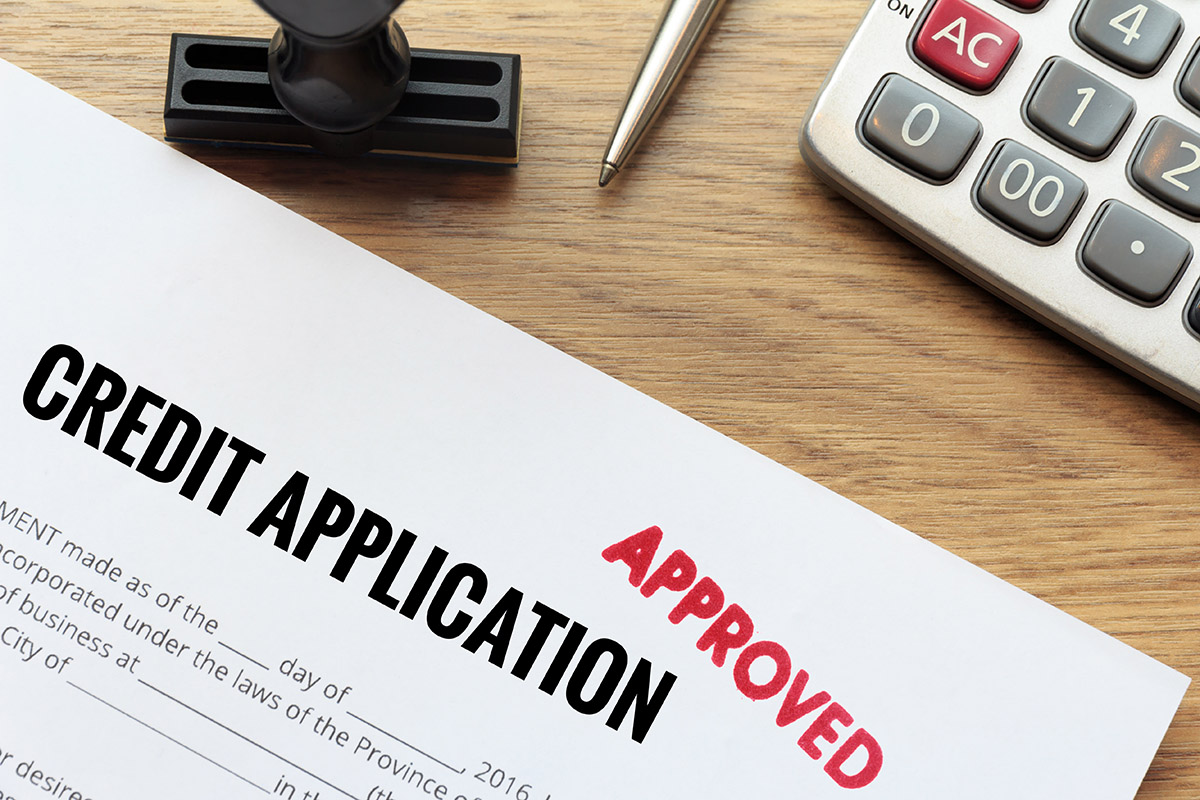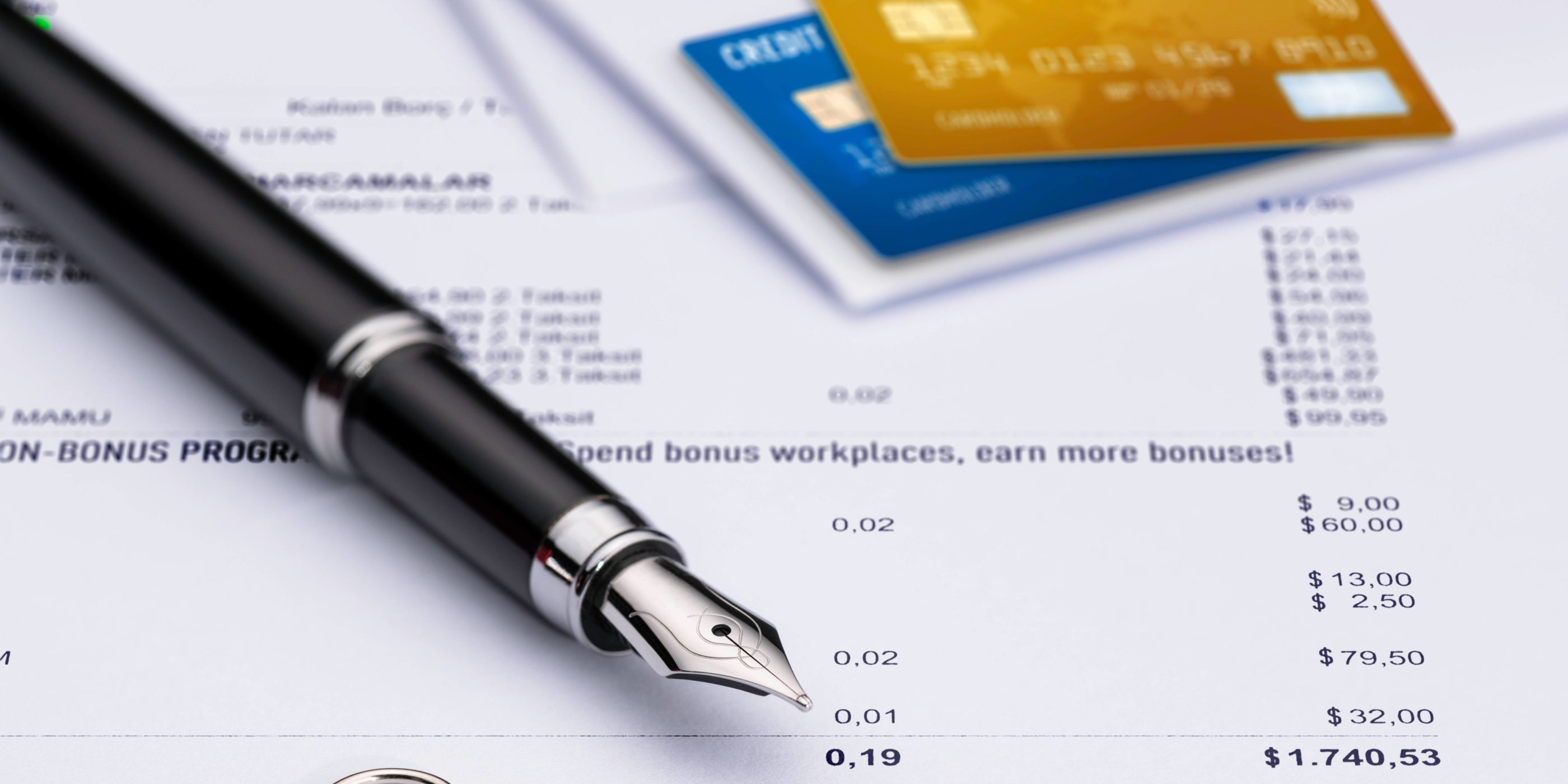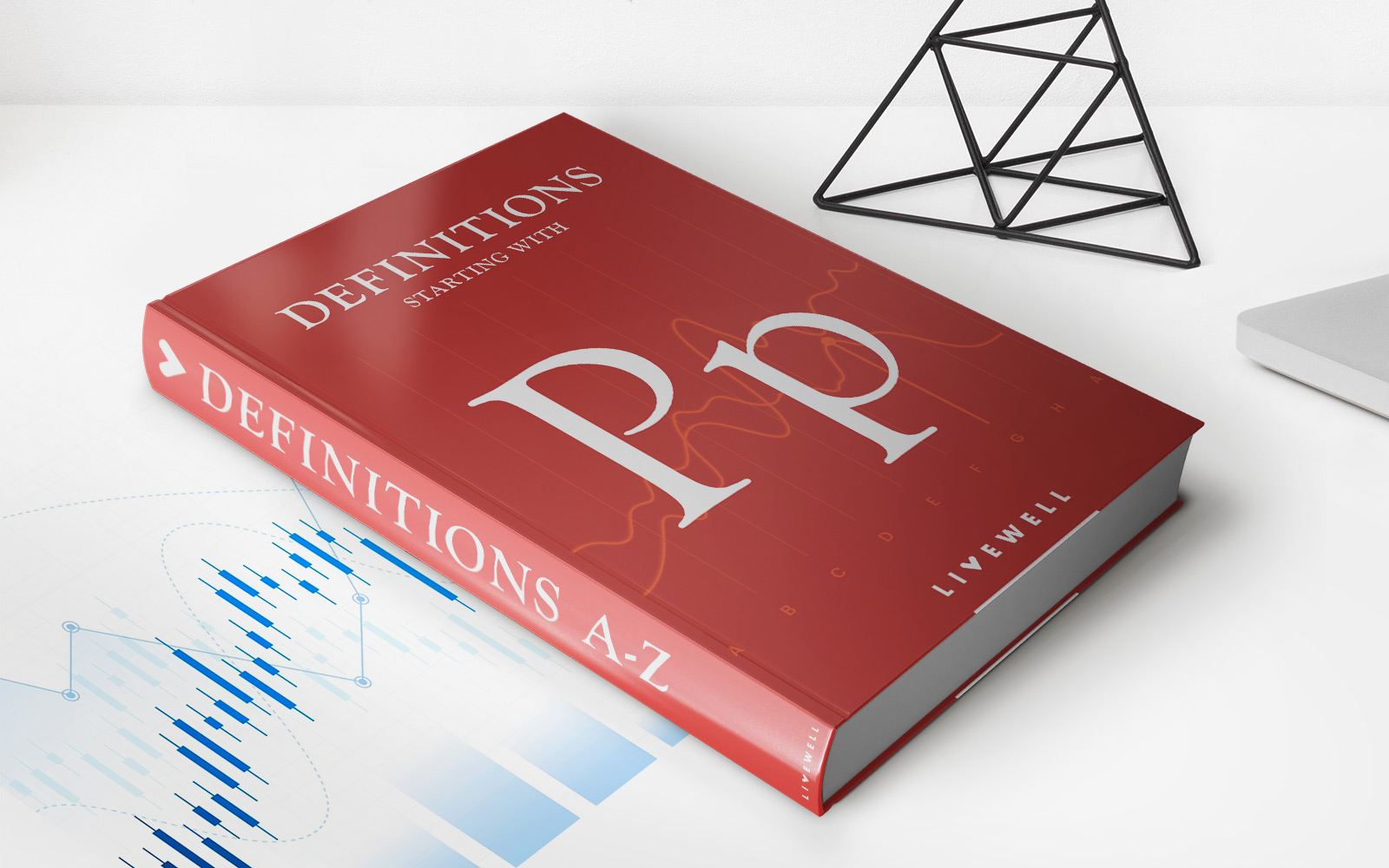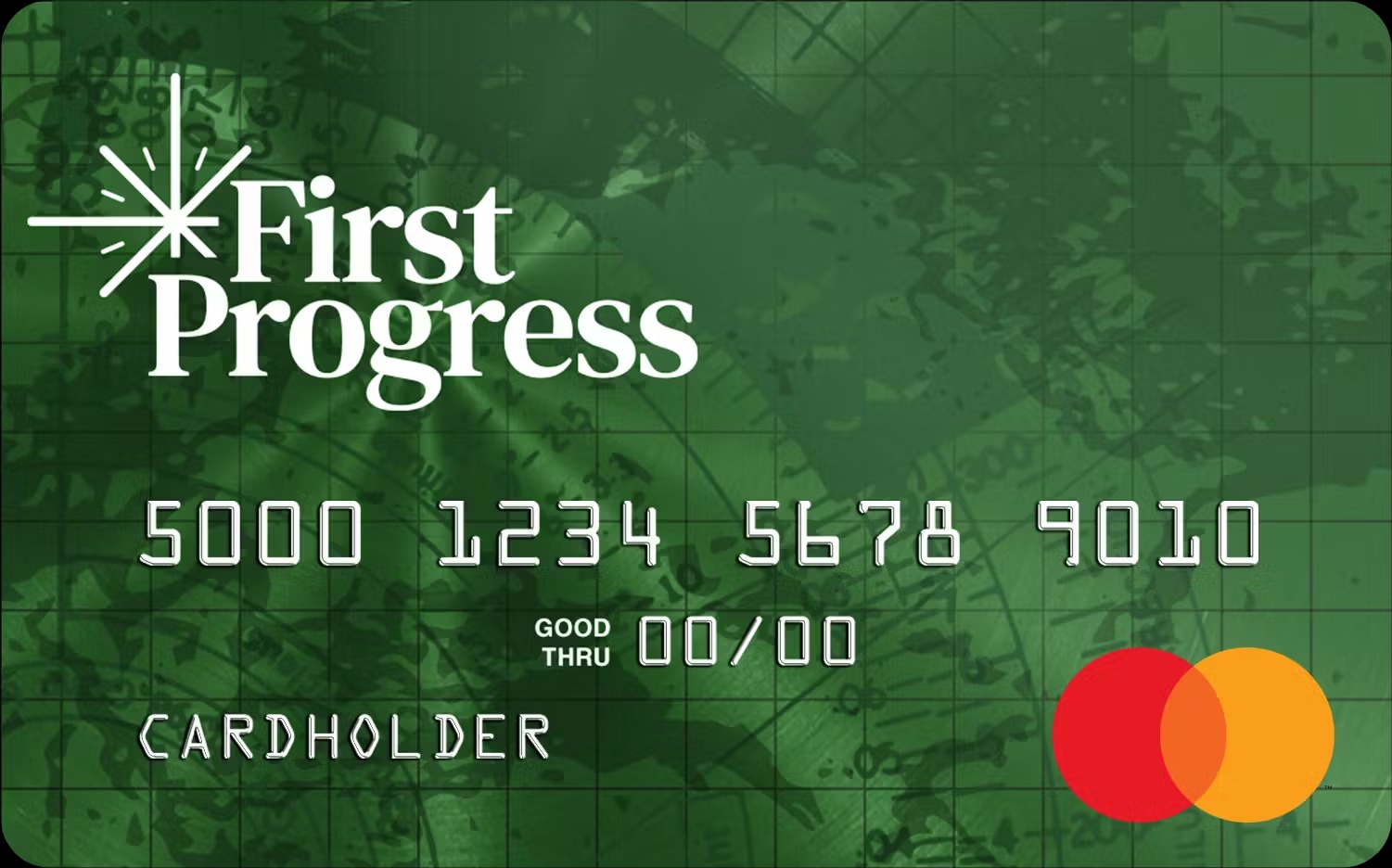Home>Finance>When Can You Apply For A Credit Card After Bankruptcy


Finance
When Can You Apply For A Credit Card After Bankruptcy
Published: October 27, 2023
Learn about when you can apply for a credit card after bankruptcy and get back on track with your finances
(Many of the links in this article redirect to a specific reviewed product. Your purchase of these products through affiliate links helps to generate commission for LiveWell, at no extra cost. Learn more)
Table of Contents
- Introduction
- Understanding Bankruptcy
- The Impact of Bankruptcy on Credit Cards
- Types of Bankruptcy and Their Effects on Credit Card Eligibility
- Chapter 7 Bankruptcy
- Chapter 13 Bankruptcy
- Rebuilding Credit After Bankruptcy
- Factors to Consider Before Applying for a Credit Card After Bankruptcy
- Timeframes for Applying for a Credit Card After Bankruptcy
- Conclusion
Introduction
Bankruptcy is a complex and difficult process that can have significant repercussions on a person’s financial well-being. It is a legal status that individuals or businesses seek when they are unable to repay their debts. While it offers a fresh start and relief from overwhelming financial obligations, bankruptcy has long-term implications, particularly when it comes to obtaining credit cards.
Credit cards play a crucial role in our daily lives, providing convenience and financial flexibility. However, after going through bankruptcy, obtaining a credit card may seem like an uphill battle. Many individuals wonder when they can apply for a credit card after bankruptcy and how their bankruptcy filing will impact their eligibility.
In this article, we will explore the different types of bankruptcy and their effects on credit card eligibility. We will also delve into the process of rebuilding credit after bankruptcy and the factors to consider before applying for a credit card. So, if you have recently gone through bankruptcy and are seeking information on when you can apply for a credit card, this article will provide you with the insights you need.
Understanding Bankruptcy
Bankruptcy is a legal process that provides individuals and businesses with a fresh start by eliminating or restructuring their debts. It is governed by federal law and administered through the court system. The goal of bankruptcy is to provide relief to those who are unable to meet their financial obligations.
There are several types of bankruptcy, but the most common ones for individuals are Chapter 7 and Chapter 13 bankruptcy.
Chapter 7 Bankruptcy: Also known as “liquidation” bankruptcy, Chapter 7 involves selling a debtor’s non-exempt assets to pay off creditors. The remaining eligible debts are then discharged, providing the debtor with a clean slate.
Chapter 13 Bankruptcy: This type of bankruptcy is known as “reorganization” bankruptcy. It allows individuals with a regular income to develop a repayment plan to pay off their debts over a period of 3 to 5 years. Once the repayment plan is successfully completed, the remaining eligible debts are discharged.
It is important to note that bankruptcy stays on a person’s credit report for a certain period of time, typically 7 to 10 years depending on the type of bankruptcy filed. During this time, lenders and credit card issuers will have access to this information when evaluating an individual’s creditworthiness.
Now that we have a basic understanding of bankruptcy, let’s explore how it impacts credit card eligibility.
The Impact of Bankruptcy on Credit Cards
Bankruptcy has a significant impact on credit card eligibility and the terms and conditions offered by credit card issuers. After going through bankruptcy, it can be challenging to obtain a credit card or secure favorable terms due to the negative impact on creditworthiness. Credit card issuers are likely to view individuals who have filed for bankruptcy as high-risk borrowers.
One of the immediate effects of bankruptcy on credit cards is the potential loss of existing credit card accounts. In many cases, credit card issuers may choose to close the accounts of individuals who file for bankruptcy, even if the debts associated with those accounts were not included in the bankruptcy filing. This can further impact credit scores and limit credit options.
Moreover, the credit limits and interest rates offered to individuals who have been through bankruptcy are likely to be less favorable compared to those with good credit standing. Credit card issuers may impose higher interest rates, lower credit limits, and stricter terms and conditions to minimize their risk.
It’s also worth mentioning that some credit card issuers may be reluctant to provide credit cards to individuals who have recently emerged from bankruptcy. They may prefer to see a demonstrated period of financial stability and responsible credit management before extending credit.
Despite these challenges, it is still possible to obtain a credit card after bankruptcy. The key lies in understanding the types of bankruptcy and their effects on credit card eligibility, as well as taking steps to rebuild credit and demonstrate responsible financial behavior.
Now that we understand the impact of bankruptcy on credit cards, let’s explore the specific effects of Chapter 7 and Chapter 13 bankruptcy on credit card eligibility.
Types of Bankruptcy and Their Effects on Credit Card Eligibility
Bankruptcy can have varying effects on credit card eligibility depending on the type of bankruptcy filed. Let’s take a closer look at the effects of Chapter 7 and Chapter 13 bankruptcy on credit card eligibility.
Chapter 7 Bankruptcy: In Chapter 7 bankruptcy, unsecured debts such as credit cards are typically discharged, meaning they are legally forgiven and the debtor is no longer obligated to repay them. However, this discharge comes at a cost. The bankruptcy filing and subsequent discharge will stay on the individual’s credit report for up to 10 years, signaling to credit card issuers that they have a history of financial difficulties. As a result, after filing for Chapter 7 bankruptcy, it may be challenging to qualify for a new credit card immediately. Credit card issuers will consider the individual’s creditworthiness, income, and the amount of time that has passed since the bankruptcy discharge.
Chapter 13 Bankruptcy: With Chapter 13 bankruptcy, individuals develop a repayment plan to pay off their debts over a period of 3 to 5 years. Unlike Chapter 7, debts in Chapter 13 bankruptcy are not discharged until the repayment plan is successfully completed. During this time, individuals may be required to obtain permission from the bankruptcy trustee in order to apply for new credit. Credit card issuers may be more inclined to extend credit to individuals in Chapter 13 bankruptcy, as they have a structured repayment plan in place. However, the terms and conditions offered may still be less favorable due to the higher risk associated with bankruptcy.
Regardless of the type of bankruptcy filed, it is important to keep in mind that credit card issuers will evaluate credit card applications holistically, considering factors beyond just the bankruptcy filing. Factors such as income, employment stability, and other aspects of the individual’s financial situation will also be taken into account.
Now that we understand the effects of bankruptcy on credit card eligibility, let’s discuss the process of rebuilding credit after bankruptcy and how it affects obtaining a credit card.
Chapter 7 Bankruptcy
Chapter 7 bankruptcy, also known as “liquidation” bankruptcy, is a type of bankruptcy that involves the liquidation of a debtor’s assets to pay off creditors. The remaining eligible debts are then discharged, providing the individual with a fresh start. However, it’s important to understand the effects of Chapter 7 bankruptcy on credit card eligibility.
After filing for Chapter 7 bankruptcy, credit card accounts held by the individual are typically closed by the credit card issuers. This means that any existing credit card accounts may no longer be accessible, regardless of whether the debts associated with them were included in the bankruptcy filing. The closure of these accounts can have a negative impact on credit scores and limit credit options for a certain period of time.
Obtaining a new credit card after Chapter 7 bankruptcy may be challenging, as credit card issuers may view the individual as a higher-risk borrower. Lenders are likely to scrutinize creditworthiness factors, such as the individual’s income, employment stability, and credit history since the bankruptcy filing. It’s essential to keep in mind that these credit card issuers will have access to the bankruptcy information on the individual’s credit report, which can significantly impact their eligibility.
While it may be difficult to qualify for a credit card immediately after Chapter 7 bankruptcy, there are steps individuals can take to rebuild their credit and improve their chances of obtaining a credit card in the future. This includes making timely payments on any remaining debts, staying up-to-date on bills, and budgeting effectively. It may also be beneficial to explore secured credit card options, where the card is secured by a cash deposit, to begin rebuilding credit.
Rebuilding credit after Chapter 7 bankruptcy takes time and patience. Consistently demonstrating responsible financial behavior can gradually improve creditworthiness and increase the chances of qualifying for a credit card with better terms.
Now that we have explored the effects of Chapter 7 bankruptcy on credit card eligibility, let’s move on to discussing Chapter 13 bankruptcy and its impact.
Chapter 13 Bankruptcy
Chapter 13 bankruptcy, also referred to as “reorganization” bankruptcy, offers individuals with a regular income the opportunity to develop a repayment plan to pay off their debts over a period of 3 to 5 years. Unlike Chapter 7 bankruptcy, Chapter 13 does not involve the liquidation of assets. Instead, it aims to restructure debt and provide individuals with a manageable repayment plan. Let’s explore how Chapter 13 bankruptcy impacts credit card eligibility.
During the Chapter 13 bankruptcy repayment plan, individuals may be required to obtain permission from the bankruptcy trustee in order to apply for new credit, including credit cards. This means that individuals will need to demonstrate a valid reason for needing credit and convince the trustee that they will be able to responsibly manage the new debt.
Credit card issuers may have differing approaches when it comes to extending credit to individuals in Chapter 13 bankruptcy. Some issuers may be more lenient and willing to approve credit card applications, considering that individuals under Chapter 13 have a structured repayment plan in place. However, the terms and conditions offered may still be less favorable compared to those offered to individuals with good credit scores.
It’s important to note that the bankruptcy filing and repayment plan will be listed on the individual’s credit report, indicating to potential lenders that they have recently been through Chapter 13 bankruptcy. This may affect credit card issuers’ perception of creditworthiness and their decisions regarding approval and credit limits.
To improve credit card eligibility after Chapter 13 bankruptcy, individuals should focus on diligently following their repayment plan and ensuring timely payments to creditors included in the plan. Additionally, practicing responsible financial habits such as budgeting effectively and avoiding new debt can help rebuild creditworthiness over time.
Rebuilding credit after Chapter 13 bankruptcy requires patience and commitment. By demonstrating responsible financial behavior, individuals can gradually improve their credit standing and increase their chances of qualifying for a credit card with more favorable terms.
Now that we have explored the impact of Chapter 13 bankruptcy on credit card eligibility, let’s move on to discussing the process of rebuilding credit after bankruptcy.
Rebuilding Credit After Bankruptcy
Rebuilding credit after bankruptcy is a crucial step towards regaining financial stability and improving creditworthiness. While bankruptcy has a significant impact on credit scores and credit card eligibility, it is possible to rebuild credit over time. Here are some strategies to consider:
1. Create a Budget: Start by creating a realistic budget to manage your finances effectively. This will help ensure that you have funds available to make timely payments on any remaining debts and new credit obligations.
2. Pay Bills on Time: Paying bills on time is a crucial factor in rebuilding credit. Making timely payments demonstrates responsible financial behavior and contributes positively to your credit score.
3. Consider a Secured Credit Card: Secured credit cards require a cash deposit as collateral. By responsibly using a secured credit card and making regular payments, you can gradually rebuild your credit history. Over time, this can enhance your creditworthiness and increase your chances of qualifying for an unsecured credit card.
4. Monitor Your Credit Report: Regularly review your credit report to ensure that all information is accurate and up to date. If you notice any errors or discrepancies, report them to the credit bureaus to have them corrected.
5. Keep Debt Levels Low: As you rebuild credit, it’s essential to manage your debt levels. Avoid accumulating excessive debt and aim to keep credit card balances as low as possible. High levels of debt can negatively impact your credit utilization ratio and hinder your creditworthiness.
6. Be Patient and Persistent: Rebuilding credit after bankruptcy is a process that takes time and consistency. It requires patience and persistence in practicing responsible financial habits. Gradually, with perseverance, you can improve your creditworthiness and increase your chances of qualifying for credit cards with better terms.
It’s important to note that rebuilding credit after bankruptcy is not an overnight process. It requires commitment and discipline. However, with time and consistent effort, it is possible to bounce back and restore your creditworthiness.
Now that we understand the process of rebuilding credit after bankruptcy, let’s discuss some factors to consider before applying for a credit card after bankruptcy.
Factors to Consider Before Applying for a Credit Card After Bankruptcy
Before applying for a credit card after bankruptcy, it’s essential to consider several factors to increase your chances of approval and ensure you are making a wise financial decision. Here are some key factors to consider:
1. Time Since Bankruptcy: Lenders often consider the amount of time that has passed since your bankruptcy discharge. The longer the time elapsed, the better your chances of obtaining a credit card with more favorable terms. It’s important to note that different lenders may have different criteria regarding the required waiting period after bankruptcy, so it’s essential to check their specific requirements.
2. Rebuilding Credit: Focus on rebuilding your credit before applying for a credit card. Make timely payments on remaining debts, keep your credit utilization low, and demonstrate responsible financial behavior. Rebuilding your credit will improve your creditworthiness and increase your chances of securing a credit card with better terms.
3. Income and Employment Stability: Lenders will assess your ability to repay credit obligations. Having a stable income and employment history can play a significant role in the credit card application process. Ensure you have a steady source of income before applying for a credit card after bankruptcy.
4. Credit Score: While your credit score may have been negatively impacted by the bankruptcy, it’s still crucial to monitor and understand your credit score. Before applying for a credit card, check your credit score and review your credit report for any errors. Taking steps to improve your credit score can increase your chances of approval and help you qualify for more desirable credit card options.
5. Comparison Shopping: Don’t settle for the first credit card offer that comes your way. Research and compare different credit card options, taking into account interest rates, fees, and benefits. Look for credit cards specifically designed for individuals with a history of bankruptcy, as they may offer more lenient terms and help you begin rebuilding your credit.
6. Responsible Credit Card Usage: Once you obtain a credit card after bankruptcy, it’s crucial to use it responsibly. Make timely payments, keep balances low, and avoid carrying a large amount of debt. Responsible credit card usage will help you continue rebuilding your credit and avoid falling into the same financial difficulties that led to bankruptcy.
Remember, applying for a credit card after bankruptcy requires careful consideration. It’s important to assess your financial situation, take steps to rebuild credit, and choose a credit card option that aligns with your needs and goals. By doing so, you can use the credit card as a tool to rebuild your credit and improve your financial standing.
Now that we have discussed the factors to consider before applying for a credit card after bankruptcy, let’s conclude our article.
Timeframes for Applying for a Credit Card After Bankruptcy
The timeframe for applying for a credit card after bankruptcy can vary based on several factors, including the type of bankruptcy filed and the lender’s specific requirements. While there is no set timeframe that guarantees credit card approval after bankruptcy, understanding some general guidelines can help you navigate the process more effectively.
Chapter 7 Bankruptcy: After filing for Chapter 7 bankruptcy, it’s typically recommended to wait at least 2-3 months before applying for a credit card. This allows sufficient time for the bankruptcy discharge to be finalized and for any remaining debts to be resolved. However, lenders may still consider factors such as income, credit history, and overall creditworthiness before approving a credit card application.
Chapter 13 Bankruptcy: With Chapter 13 bankruptcy, individuals often need to obtain permission from the bankruptcy trustee to apply for new credit, including credit cards. This requirement aims to ensure that individuals have a valid reason for needing credit and that they can responsibly manage new debts. In most cases, individuals in Chapter 13 bankruptcy may need to wait until they have successfully completed their repayment plan, which typically takes 3 to 5 years, before being eligible to apply for new credit.
It’s important to note that even after the recommended waiting period, approval for a credit card may not be guaranteed. Lenders will evaluate creditworthiness based not only on the bankruptcy filing but also on income, employment stability, and overall financial situation. It’s crucial to use this waiting period to rebuild credit, demonstrate responsible financial behavior, and improve your creditworthiness to increase your chances of approval.
Additionally, it’s worth exploring credit cards specifically designed for individuals with a history of bankruptcy. These cards may have more lenient eligibility criteria and can serve as a stepping stone towards rebuilding credit. However, keep in mind that these cards may come with higher interest rates and fees, so it’s important to carefully review the terms and conditions before applying.
Ultimately, the decision of when to apply for a credit card after bankruptcy depends on your individual financial situation and goals. It’s crucial to assess your creditworthiness, rebuild your credit, and compare different credit card options to find the best fit for your needs. With time and responsible financial management, you can increase your chances of approval and begin rebuilding your credit after bankruptcy.
Now that we have discussed the timeframes for applying for a credit card after bankruptcy, let’s conclude our article.
Conclusion
Going through bankruptcy can have a significant impact on credit card eligibility and the terms offered by credit card issuers. However, it’s important to remember that bankruptcy is not the end of your financial journey. With time, patience, and responsible financial management, you can rebuild your credit and regain your financial stability.
Understanding the effects of bankruptcy on credit card eligibility is crucial. Chapter 7 bankruptcy involves the liquidation of assets and may require a waiting period before applying for a credit card. Chapter 13 bankruptcy requires permission from the trustee and completion of the repayment plan before becoming eligible for new credit.
Rebuilding credit after bankruptcy is a gradual process. By creating a budget, making timely payments, and practicing responsible financial habits, you can rebuild your creditworthiness. Consider secured credit cards to begin rebuilding your credit and monitor your credit report for any errors or discrepancies.
Before applying for a credit card after bankruptcy, evaluate factors such as the time since bankruptcy, rebuilding efforts, income stability, and credit score. Comparison shop for credit card options specifically designed for individuals with a history of bankruptcy, but be cautious of higher interest rates and fees.
Ultimately, patience and persistence are key. Rebuilding credit after bankruptcy takes time, but with every responsible financial step you take, you are one step closer to reestablishing your financial well-being.
Remember, the journey to financial recovery after bankruptcy is unique to each individual. Seek professional advice, if needed, to guide you through the process and make informed decisions. With continued diligence and a focus on responsible financial management, you can overcome the challenges of bankruptcy and build a brighter financial future.














